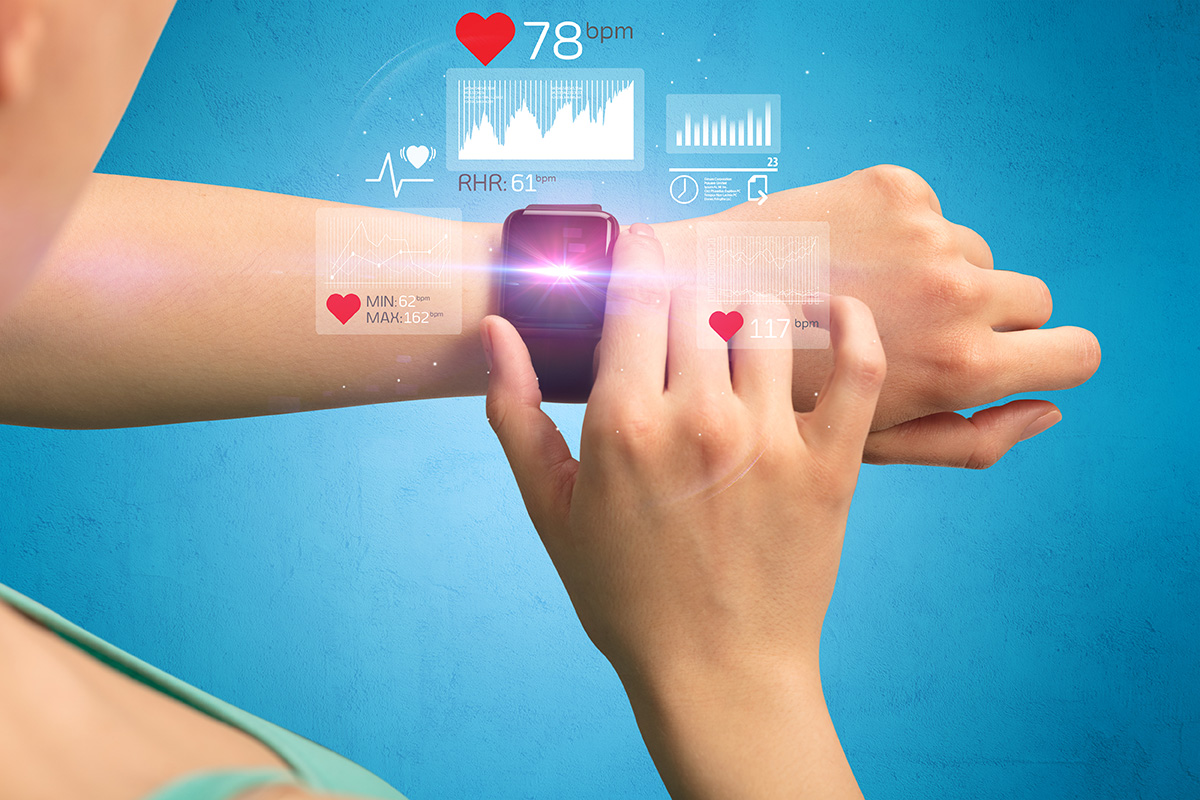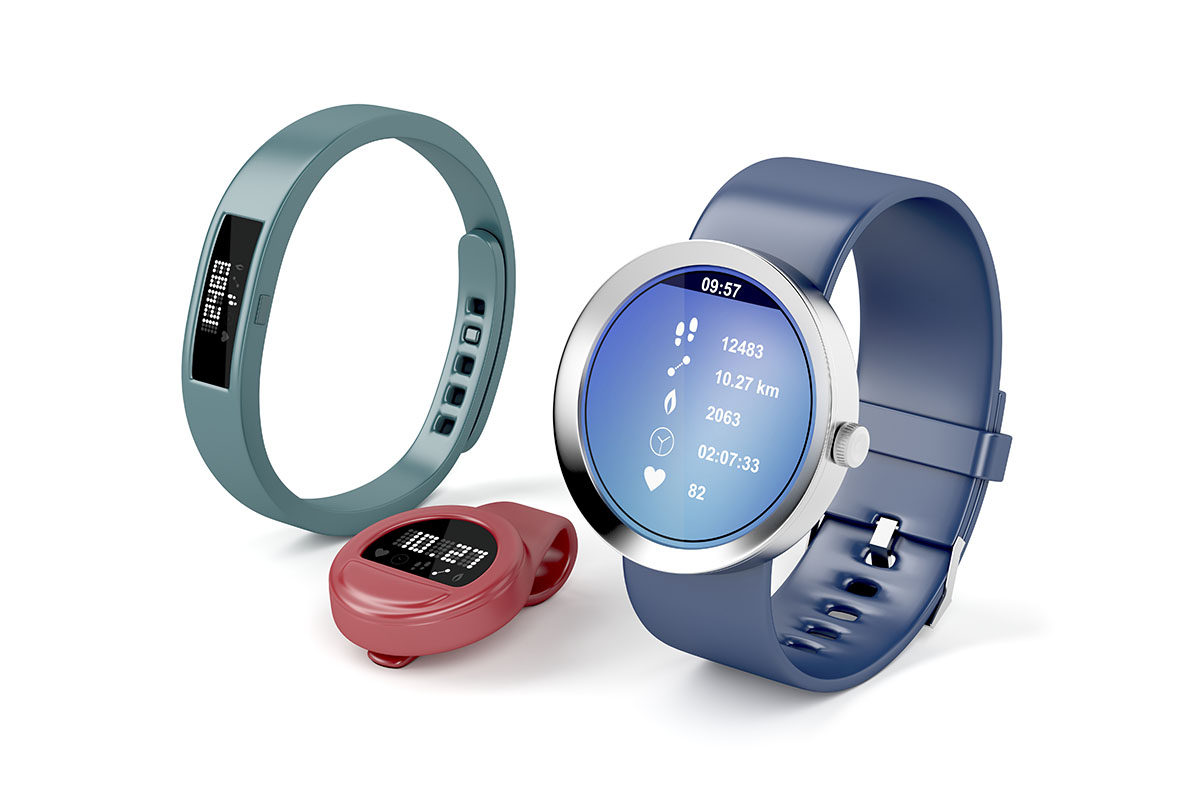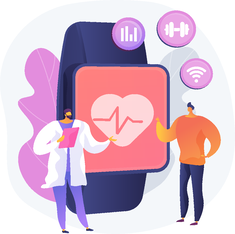Wearables with lifesaving features existed long before the COVID-19 pandemic caused havoc globally. Because of the development of built-in sensors, data storage, and low-power microprocessors, wearables can not only monitor and track various biometric data but can also alert users for any changes in their reading. That includes heart rate, calories burnt, blood pressure, sleeping habits, and much more. In addition to that, some wearables can also track location, distance traveled, steps taken, fitness routines, exercises, and scores.

As wearable devices are growing more popular, news and stories about how these devices have legitimately saved lives are becoming widespread. In this article, we will take a closer look at lifesaving features in wearables and see how they can save lives.
Monitoring Biometric Data

One of the key features in modern wearables, such as smartwatches, fitness trackers, smart rings, or smart earbuds, is the ability to monitor and track biometric data. So how does this feature save lives? First, it takes a record of a user’s biometric data, such as calories burned or sleeping habits, at a given time. After taking several records of data, it captures a historical trend. This trend and information can then help people trying to lose weight or improve their health understand the effort needed to meet their health goals.
George Kometiani, for example, lost 100 pounds within a year of starting his health kick while using an Apple Watch. He made an effort to close his move ring (e.g., the red circle on the Watch indicating calories burned) every day and started paying attention to the exercise challenges that would pop up on his screen. As a result, he was a lot happier, and his snoring disappeared along with other health issues like joint pain, backaches, and headaches.
Another example is Patricia Lauder, who discovered that she had two large blood clots in her lungs after experiencing shortness of breath and fatigue. After checking her Fitbit, she found out that her normal resting heart rate of 68 – 70bpm was rising five points a day, until one day it rose to 140bpm.
Alerting and Detecting Changes in Data
Another feature in modern wearables includes alerts and detection of sudden changes in data or inconsistencies. This is where many lifesaving stories begin, especially when getting alerts from sudden changes in heart rate or detecting falls.
Jason Saucier was close to going into cardiac arrest when his Apple Watch alerted him and mentioned that he was in aFib. In addition to its high heart-rate alert, the Watch also indicates if your heart rhythm may indicate atrial fibrillation, a type of heart condition that can increase the risk of stroke and other serious heart complications. Luckily for Jason, the doctors confirmed what the Watch had been telling him. He was eventually transitioned out of aFib and was discharged the following day.
When Torav Østvang fainted and collapsed, his Apple Watch (Series 4) triggered the fall detection feature, which automatically notified emergency services if it did not perceive any movement after a minute of detecting a hard fall. After getting the alert, local police were able to find where he was and respond accordingly.

Taking Action and Providing Guidance
As the previous examples have shown, wearables that monitor data, take action, and provide guidance can and have indeed saved lives. There are specific wearables; however, that takes an extra step. For Gisselle Castro, it was her LifeVest, a wearable defibrillator that keeps her heart in check. The vest can detect irregular heartbeats and deliver an electric shock to the heart to restore normal heart rhythm. Another wearable device was developed by Project Lifesaver to help track people with dementia, Alzheimer’s, autism, and more.
Though modern wearables are not meant to replace doctors or other medical professionals, they are indeed saving lives by means of monitoring data, detecting early signs of life-threatening conditions, and alerting users, or others, to take preventative action. With that said, wearables still have the opportunity to improve when it comes to security, improving accuracy, and preventing false positives.
How Ambiq is Contributing
For the last ten years, Ambiq® has been laser-focused on inventing and delivering the most revolutionary System on Chip (SoC) solutions in the market. Through the advanced Sub-threshold Power Optimized Technology (SPOT® ) platform, Ambiq has helped many leading manufacturers worldwide create products that can operate for days, months, and sometimes years on a lithium battery or a single charge. Visit https://ambiq.com/wearables/ for more information.
Read Article in: Simplified Chinese | Traditional Chinese


